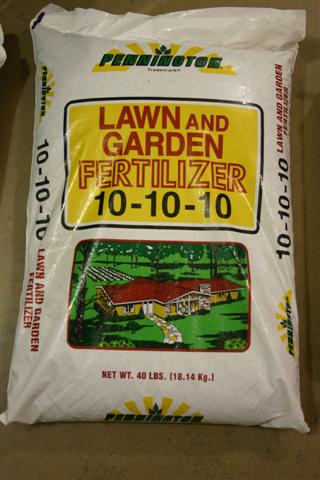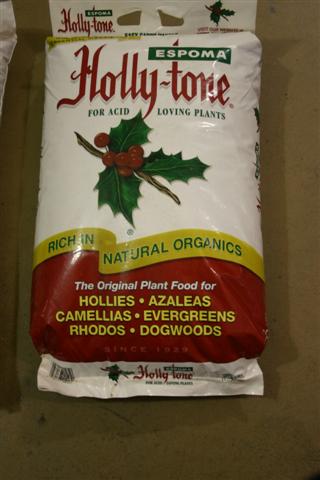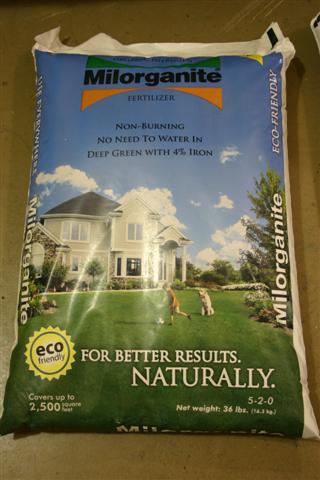
Check out our Services.
We're also offering a 10% discount
for February appointments

|
Need help? Check out our Services. We're also offering a 10% discount for February appointments |
| A common type of fertilizer |

|

|
| Holly-tone fertilizer (4-6-4) | Milorganite from treated sewage (5-2-0) |